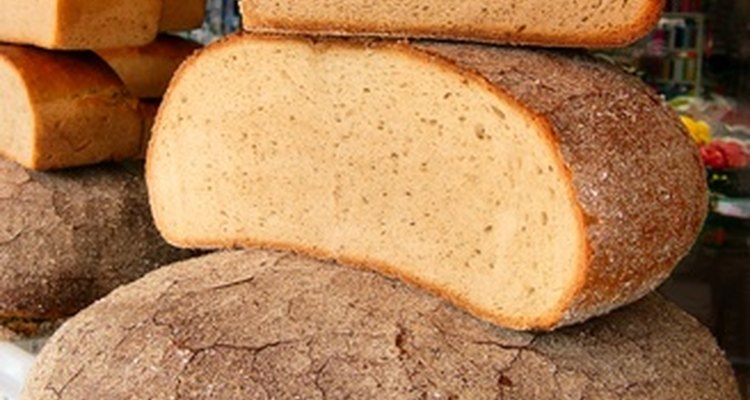
Mold is a living fungus that, unlike plants, can't process light for nourishment. However, mold does require small amounts of water and food supplied directly from a host. If you have ever seen green or white spots on your bread, or thrown out a loaf of bread covered with black mold, you know that bread is one of the foods appealing to certain molds. Many kinds of bread area treated with chemicals specifically to retard the growth of mold. Do not eat any bread with any sign of mold. The small spots you see are just the visible parts of an extensive network. Wrap any moldy bread tightly so as not to breathe in the dry spoors, and throw it away where no pets or children will be exposed.
A Moist Place
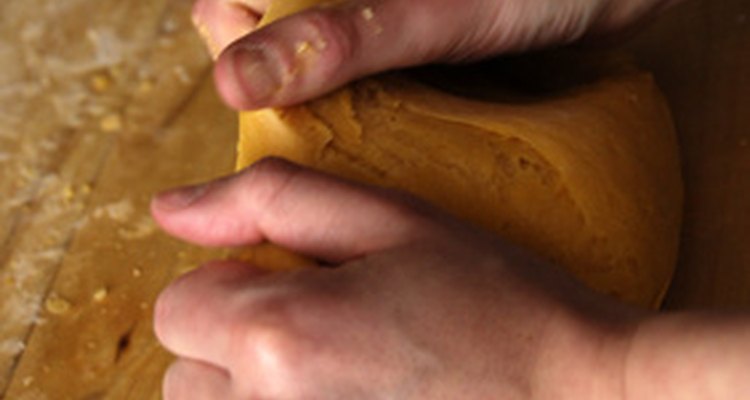
Bread is a fairly dry food, but there is always some moisture in it, because water is how the "good" mold (yeast) spreads throughout the loaf and makes it rise. When prospectors, pirates, pioneers and soldiers wanted to preserve bread for days or months, they made sure it was very dry. Hardtack and dry crackers have very little moisture and withstand the growth of mold. The moister the bread, the faster the mold will spread and grow.
A Dark Place
Unlike lettuce or grass, molds need no light. In fact, light can retard the growth of mold. Mold on bread grows fastest in dark places.
No Wrapper
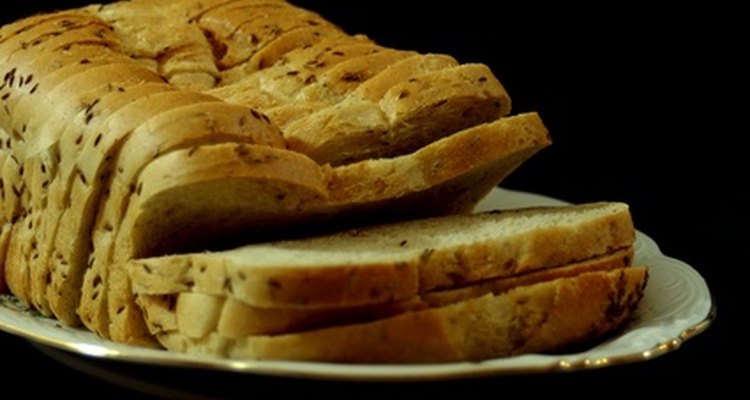
Although a tight wrapper promotes moisture retention, which encourages mold, airborne mold can spread through the air to land and grow on unwrapped bread.
Warmth
Like most growing things, many molds prefer warmth and grow faster in warm conditions.. However, there are many kinds of mold that grow well in chilly temperatures. The freezer is cold enough to prevent mold growth.
Related Articles

Does Light Affect How Long Bread Will ...
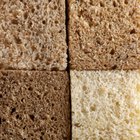
Do the Same Types of Mold Grow on All ...

Does Bread Expire?
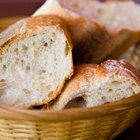
Will Freezing Kill Mold on Bread?

How to Store Fresh Baked Bread

How to Know if Banana Bread Is Spoiled
What Is Rusk Bread?
How to Freeze a Baguette
How to Keep Crusty Italian Bread Soft

How to Keep Sandwich Bread Fresh All ...

What Are Rusk Crumbs?

How to Freeze Brioche
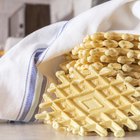
How to Make Pizzelle Crisp in High ...
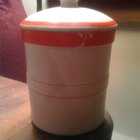
How to Make a Bread Starter

How Long Should Bread Cool Before ...

What Kind of Bread Do I Serve With ...

How to Soften Overly Hard Bread
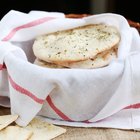
How to Make Egyptian Bread the Egyptian ...
How to Make Bread That Does Not Crumble ...
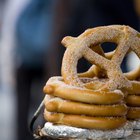
Different Breads From Different ...